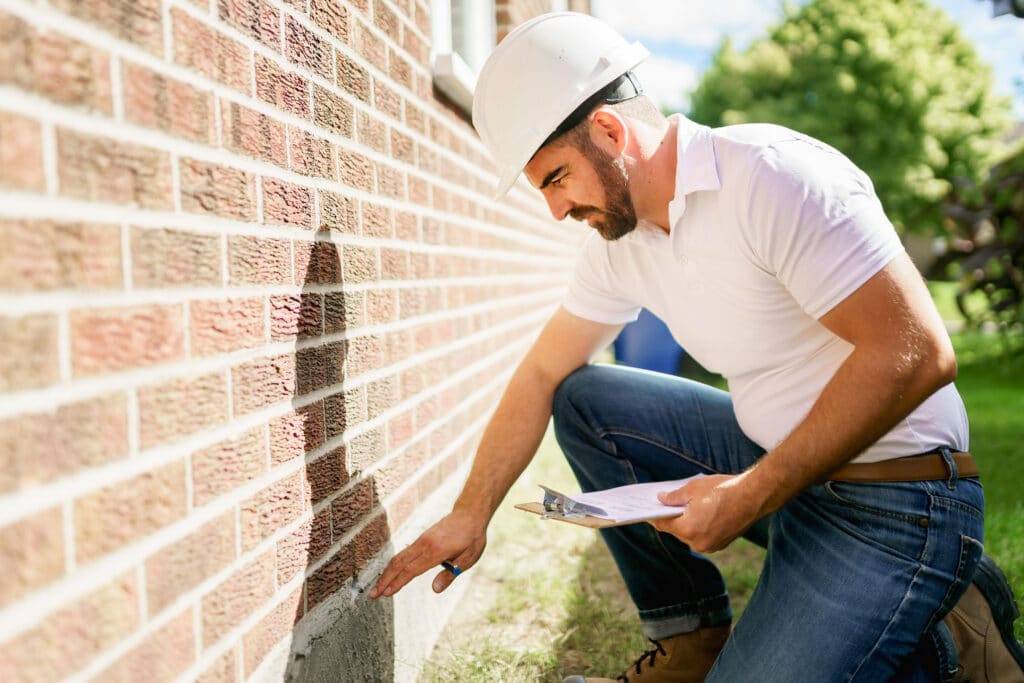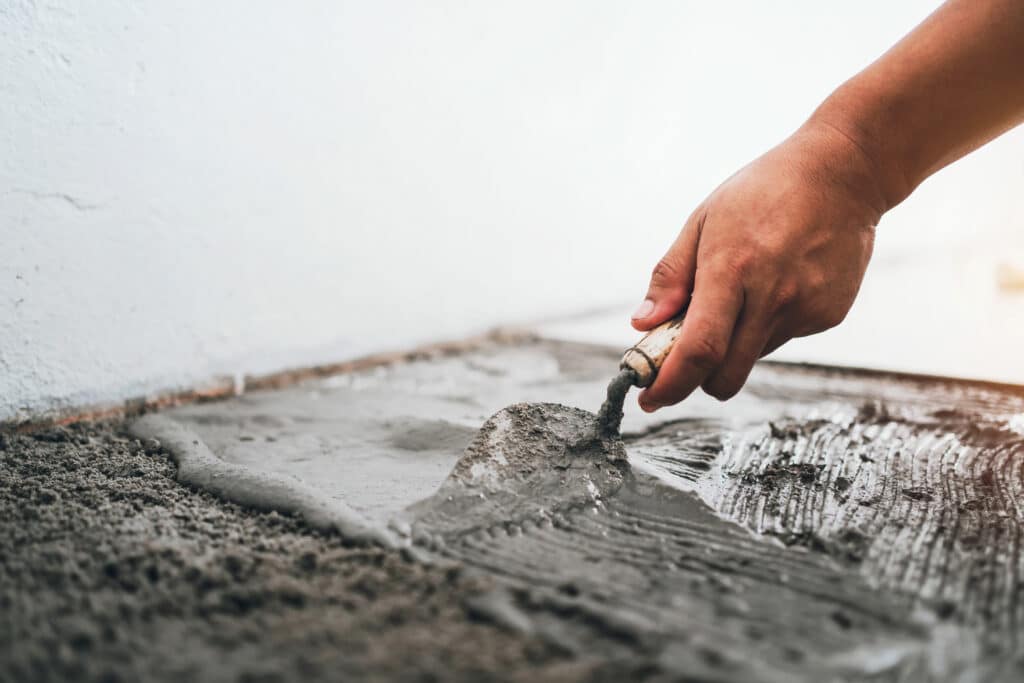Common Causes of Foundation Problems in Suffolk
Foundation issues have some possible causes. Here are the most frequent ones for Suffolk residents:
- Soil composition: Soil with large sand or clay concentrations is highly expansive. In the heavy rainfall Suffolk experiences, the soil soaks up moisture like a sponge, then releases it in dry seasons. The constant expansion and contraction puts pressure on nearby foundations, even if the foundations keep dry.
- Improper modifications: Landscaping or roofing work that wasn't completed properly could lead to your foundation settling.
- Standing water: Standing water around your home can be a menace to your foundation, especially when it collects in areas your drainage system doesn't protect.
- Tree Roots: Tree roots can enter a home's foundation through cracks, and may apply force that leads to your foundation cracking, pipes being damaged, and overall structural destabilization.
How to Choose the Best Foundation Repair Company
Your home's structural integrity depends greatly on its foundation. It's crucial to hire the best team possible. Focus your research on these characteristics:
Licensing and Experience
The Virginia Department of Professional and Occupational Regulation issues licenses to foundation repair companies. The license a company has determines what work it can do and what size projects it can handle. To further understand your contractor's experience, we recommend asking questions about how its team will draft plans and pull permits, how the company inspects foundations, and what local codes apply to your project.
One of the most effective ways to evaluate a company's reputation is to visit its website. Look for the company's history and what credentials its team holds. Many top companies provide educational content for potential customers.
Customer Reviews
When you're researching a company's credibility, visit its Better Business Bureau (BBB) profile. There, you can find its rating and a list of customer reviews, both complaints and positive experiences. Remember that negative feedback doesn't necessarily mean a contractor is unqualified. BBB comments also show how companies handle complaints. A responsive team that strives for positive outcomes is a good one. Steer clear of a contractor if you don't see good communication about problems.
Foundation Repair Cost in Suffolk
The price of foundation repair can range widely depending on the degree of the issues and what's required to resolve them. For minor foundation fissures and settling concerns, you may pay as little as $1,800. However, if there is considerable damage, the normal cost falls at about $3,000. More involved projects involving excavating, helical piers, or major mudjacking could cost upwards of $6,900. This table shows the average foundation repair costs for common issues.
| Common Foundation Repair Services | Average Cost |
|---|---|
| Crack Repair | $358 |
| Leak Repair | $2,889 |
| Stabilization | $5,014 |
| Underpinning | $1,371 |
| Waterproofing | $3,193 |
Ready to Get a Quote on Your Foundation Repair Project?
Please enter a valid 5-digit zip code!
Frequently Asked Questions About Foundation Repair in Suffolk
What will I pay to repair my foundation in Suffolk?
When do I need to waterproof my foundation?
- Discoloration or odors
- Uneven floors
- Hairline cracks
- Mold and mildew
- Flooding
- Plumbing leaks
What's the time to complete a typical foundation repair job?
Are there telltale signs I should avoid a particular foundation company?
To share feedback or ask a question about this article, send a note to our Reviews Team at reviewsteam@thisoldhousereviews.com.
More Foundation Resources
National Foundation Repair Ranking Methodology
Sources
U.S. Census Bureau (American Communities Survey)
















